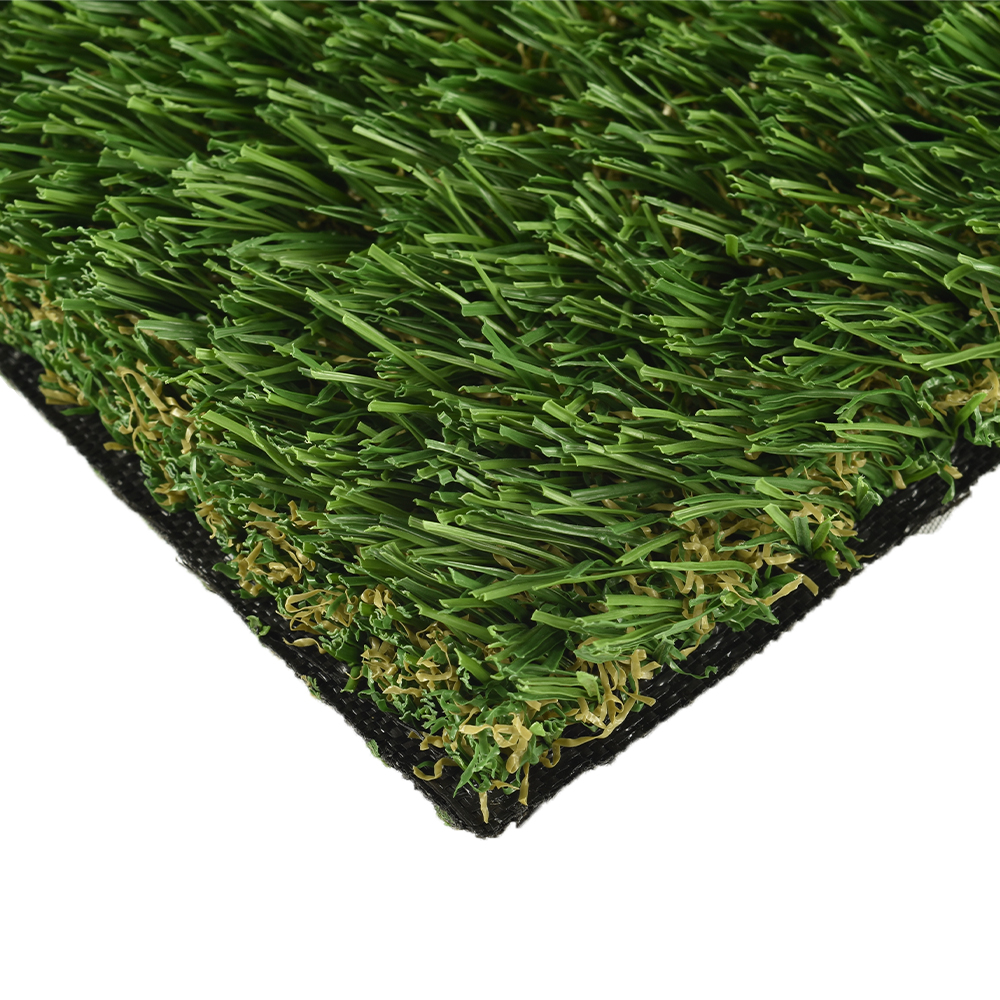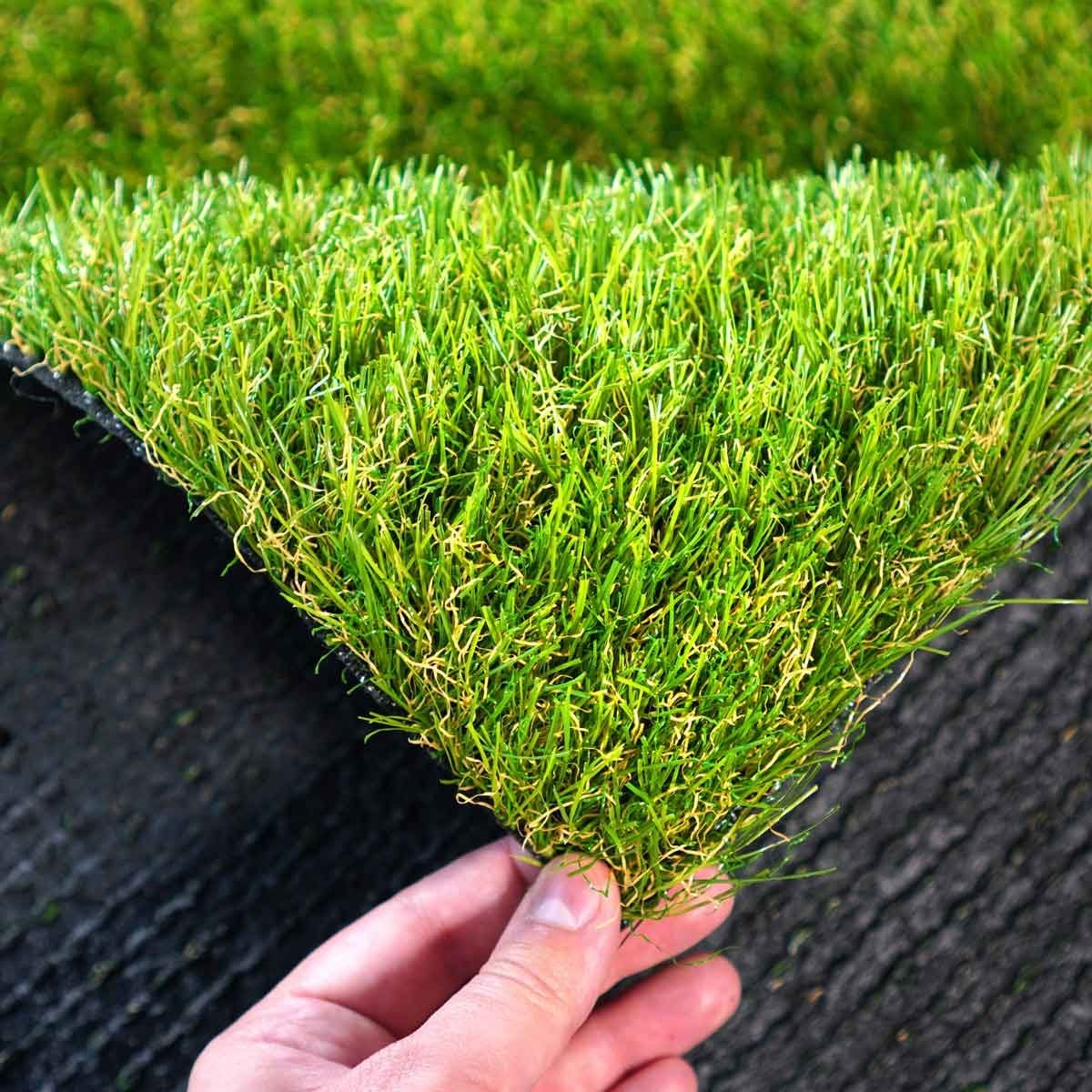Explore the Environmental Benefits of Opting for Synthetic Grass Solutions
The adoption of artificial lawn options provides a compelling chance to address pressing environmental challenges. By substantially decreasing water usage and lessening the application of hazardous chemicals, these choices not just promote sustainable landscape design but likewise protect neighborhood ecological communities. The reduced carbon footprint connected with lowered upkeep tasks adds to a more sustainable technique to land monitoring. The implications of these advantages extend beyond mere conservation efforts, raising concerns about their long-term impact on environment conservation and general environmental equilibrium. Checking out these measurements exposes a complicated interplay worth thinking about.
Water Conservation Perks
Among the most substantial advantages of synthetic grass is its capability to preserve water. Traditional turf yards call for considerable irrigation, specifically in areas susceptible to drought or water limitations. In comparison, artificial lawn does not need watering, dramatically lowering the general need for water sources. This attribute is especially beneficial in dry areas where water scarcity is a pushing concern.
By removing the requirement for normal watering, synthetic grass adds to sustainable landscape methods and helps alleviate the ecological effect of too much water usage. The conservation of water expands to the decrease of overflow, which can lead to soil disintegration and waterway pollution.
In addition, the setup of fabricated turf enables communities and home owners to designate water sources extra efficiently, focusing on vital usages such as alcohol consumption water and farming. The shift towards fabricated lawn not just advertises responsible water usage but also aligns with broader environmental objectives aimed at protecting natural deposits.
As communities progressively prioritize sustainability, the water conservation advantages of fabricated lawn offer an engaging case for its adoption in commercial and residential landscape design tasks.
Decreased Chemical Use
The change to synthetic grass dramatically decreases the dependence on chemical treatments frequently made use of in all-natural lawn upkeep. Standard grass administration normally includes the application of pesticides, fertilizers, and herbicides to advertise development and control parasites. These chemicals can present risks to human wellness, local wildlife, and the setting, adding to dirt and water contamination.
In contrast, man-made lawn removes the requirement for these damaging materials. By lessening the launch of artificial substances into the community, synthetic turf promotes healthier soil and water systems.
In addition, the lack of chemical runoff connected with fabricated lawn installments assists safeguard neighborhood waterways from air pollution, supporting marine life and preserving biodiversity. Turf installation phoenix az. As communities progressively focus on lasting practices, opting for synthetic grass presents a viable solution that lines up with environmental preservation objectives. Through this change, building proprietors can delight in lavish eco-friendly areas without compromising ecological health and wellness, leading the way for an extra lasting future
Reduced Carbon Footprint

Furthermore, the installment of synthetic grass can result in considerable water preservation. Natural yards require substantial amounts of water for watering, which not just includes in the carbon impact associated with water removal and therapy however additionally stress regional water sources. In comparison, synthetic grass needs minimal maintenance, requiring no watering, thus dramatically lowering water usage and its connected power prices.
Additionally, the durability of fabricated grass adds to its reduced carbon effect. With a life-span of as much as 15 years or even more, the need for frequent substitutes is lessened, leading to much less waste and reduced power intake in manufacturing and taking care of conventional turf alternatives. Generally, synthetic grass presents a lasting alternative for ecologically conscious landscaping.
Environment Preservation
Environment conservation is an essential factor to consider in the debate over landscaping options, particularly when contrasting man-made turf to natural grass. All-natural lawn yards often require comprehensive maintenance, including the usage of herbicides, plant foods, and pesticides, which can detrimentally impact neighborhood ecological communities. These chemicals can seep right into the soil and waterways, harming native plants and animals and disrupting neighborhood habitats.
Synthetic turf eliminates the demand for unsafe chemicals, thereby safeguarding neighboring wildlife and keeping the stability of bordering environments. The installation of fabricated turf can lead to the conversion of former turf areas into more biodiverse landscapes, such as pollinator yards or indigenous plant locations, which can support regional wild animals.
Eventually, the shift to synthetic grass not only preserves water and lowers maintenance efforts however likewise fosters a more harmonious relationship in between human tasks and the native environment, promoting habitat preservation while doing so.
Long-Term Sustainability
Long-term sustainability is an more info here essential consider evaluating the benefits try this website of synthetic grass over traditional lawn yards. One of one of the most significant benefits of synthetic grass is its toughness; it can last as much as 15-20 years with very little maintenance, whereas all-natural turf calls for regular reseeding and replacement. This long life minimizes the requirement for continuous resources, such as water, fertilizers, and pesticides, which are crucial for preserving a healthy and balanced yard lawn.
Furthermore, man-made lawn adds to a reduction in carbon exhausts connected with lawn treatment devices. Standard lawns often need gas-powered lawn mowers, trimmers, and blowers, every one of which add to air contamination. Arizona turf. In comparison, artificial lawn eliminates the requirement for such devices, promoting a cleaner environment
Furthermore, the production of fabricated turf progressively makes use of recycled materials, boosting its sustainability account. As producers embrace green practices, the environmental footprint of fabricated turf remains to decrease.

Final Thought
The fostering of synthetic grass options presents substantial ecological benefits, including significant water conservation, lowered reliance on harmful chemicals, and a reduced carbon footprint. Furthermore, artificial grass aids in maintaining all-natural habitats by minimizing land disruption and advertising lasting sustainability with the use of sturdy materials. Collectively, these elements underscore the potential of synthetic grass to add positively to ecological health and use a feasible alternative to conventional landscape design practices in an increasingly resource-conscious globe.
In comparison, man-made turf does not require watering, significantly reducing the overall need for water sources. By lessening the launch of artificial substances right into the ecosystem, man-made lawn promotes healthier dirt and water systems.
Furthermore, the setup of man-made grass can result in substantial water preservation. In contrast, synthetic lawn needs marginal upkeep, requiring no watering, therefore dramatically reducing water usage and its linked power expenses.
